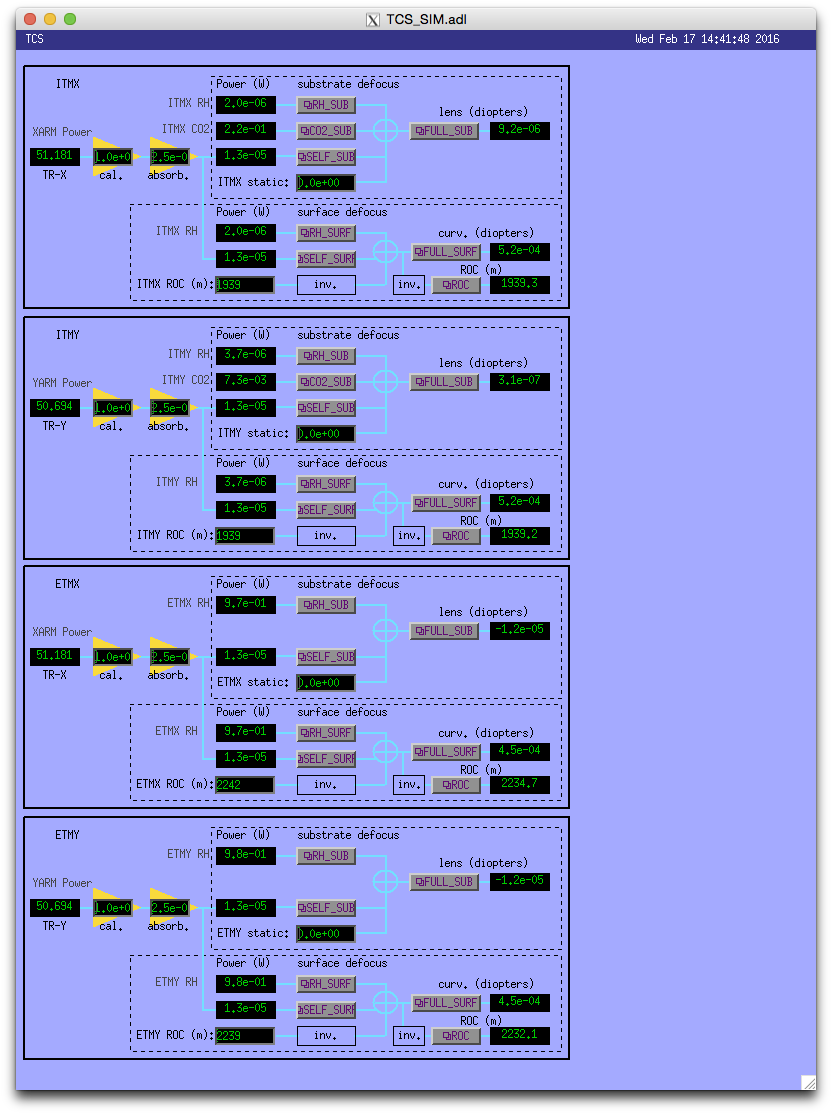-
Title: 2/17 OWL Shift: 16:00-00:00UTC (08:00-16:00PDT), all times posted in UTC
-
State of H1:
-
Shift Summary: Pretty unsuccessful in terms of locking. Earthquake in the beginning of the shift, then bits of commissioning/fixing to help relock, but then CDS went to replace the sat amps for TMSX bringing us down for a bit more.
-
Incoming Operator: Corey
-
Activity Log:
-
15:10 Hugh into LVEA STS2A setup
-
16:35 Hugh into LVEA by bier garten
-
17:08 Chris, Nicole into EX for parts hunt
-
17:06 hugh out
-
17:24 Mitchel, film crew into LVEA and out a few various times until ~20:00 UTC
-
19:50 Vinny, Brin to EY for magnetometer work
-
21:02 Vinny, Brin back
-
23:35 Vinny, Brin To EY again














